Blue ribbon is in 20th century still a synonym of high quality and is typically given to winners of different competitions, for instance in sport, but also in culinary or at certain fairs. Did you know the most prestigious colleges like Oxford and Cambridge are sometimes called blue brick universities? Yes, blue is official color for Oxford and Cambridge!
And what is the meaning of Blue Moon (or once in a Blue Moon)?
There are two definitions of phrase Blue Moon and both denote something rare or extraordinary. The original expression comes from old ecclesiastical calendar which typically has 12 full moons. Each one of them has its own name, but from time to time a year with 13 full moons (they occur every 29 days and a half) happens and this extra moon needed its name too - it is a blue moon. To make things a bit more complicated, this moon is by definition a third moon in a season with four full moons, what sounds too much for some people and newer definition was coined: blue moon is a second full moon in a calendar month.
You can expect next 'old' blue moons (third in a season) on May 21, 2016, May 18, 2019, August 22, 2021 and August 19, 2024. As you can notice, only few months (February, May, August and November) can qualify for a blue moon by this criteria.
Next 'new' blue moons (second in a month) will be on January 31, 2018, March, 31, 2018 and October, 31, 2020. It's logical this kind of moon can happen only on the last days in the month and there is no chance to have two full moons in February because it's just too short.
There are also even rarer occasion when a Moon actually looks blue. The reason for this are dust particles, which came into atmosphere thanks to volcanic eruptions.



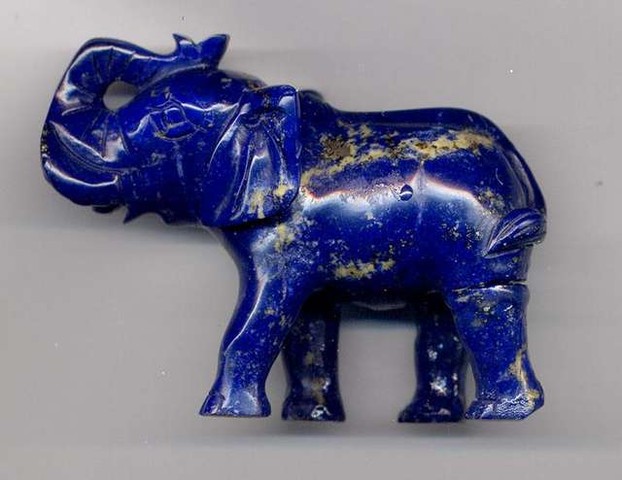



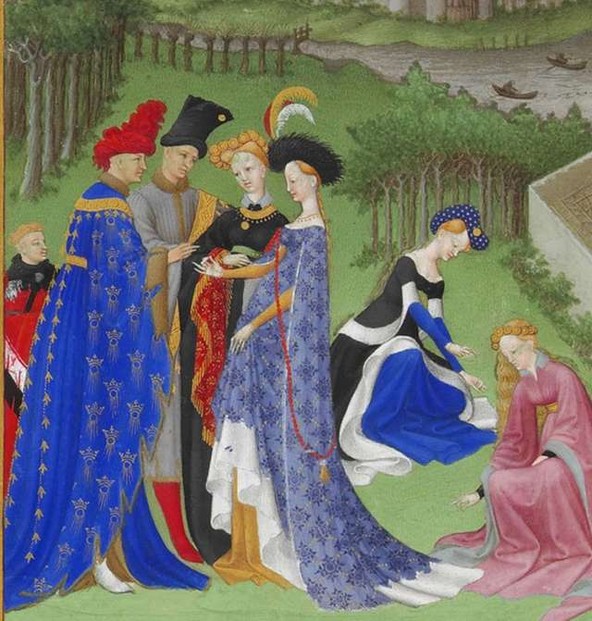


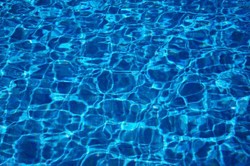

 Vintage Postcard Artists with 10 Examples of Easter Cardson 02/21/2025
Vintage Postcard Artists with 10 Examples of Easter Cardson 02/21/2025
 Valentine's Symbolson 01/23/2025
Valentine's Symbolson 01/23/2025
 Thanksgiving Symbolson 11/12/2024
Thanksgiving Symbolson 11/12/2024
 Famous Witches in Literary Historyon 10/06/2024
Famous Witches in Literary Historyon 10/06/2024
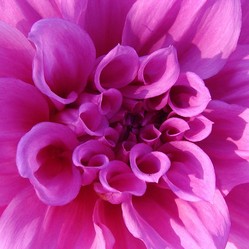
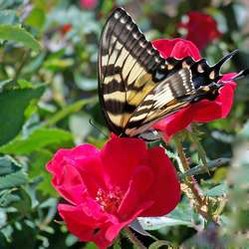
Is Blue Your Favorite Color Too?
Thanks, katiem2, to stop by. It's always a pleasure to see you!
WOW what a great resource for everything blue. Blue happens to be my favorite color and yes while I think of blue being in abundance in nature, other than the sky and bodies of water, you have brought me to the awareness that it in fact is not. I enjoyed your blue contributions to my knowledge of my favorite color. I feel it is calming. I did not know the last part of the wedding saying, a silver sixpence in her shoe, now I know and will include that any time I use the phrases. Great read thanks.
Thanks. This is just a theory.
Interesting theory, frankbeswick. In our language we also have an expression 'to have black soul', what means he/she is evil, but I can't remember any negative connotation with color blue. You might be on the right trail.
An idea has just come to me. In Gaelic, particularly the Scottish version of the language, an fear dhu [black man ] was used to suggest an evil person. Hence in Scots Gaelic the Devil is known as Donald Dhu, Black Donald. Calling black people blue people might have been a means of avoiding suggestion that their colour made them evil. But this is only a theory.
I am not a linguist, so I can only guess ... Maybe it's connected with invisibility (black - night - not seen), or, like in our area, where people of dark complexion were named after the countries where they came from (za morjem - on the other side of the see)? It would e interested to find why blue and lack are changed in this particular case, frankbeswick. Thanks for opening this!
Now here is an interesting point. In Irish Gaelic the word for blue is gorm [gorum] and for black it is dhu [doo.] But to say "the black man " you would not say an fear [far] dhu, but an fear gorm [the blue man.] Has anyone any idea why this usage might be so?
Thanks, DerdriuMarriner, for stopping by. There is an interesting study about recognition of colors and development of words for colors in different environments. Black and white are always first color and red always follows them. While the order of other colors slightly vary from culture to culture, it seems blue is always last on the list.
It is believed it's last on the list in terms of pure survival. In many environments water looks colorless or green and several experiments showed primitive cultures still living out of civilization don't have the need to distinguish green from blue. Recognizing different shades of green is actually of much more importance to them!
Tolovaj, Blue and green are my favorite colors since I can't prioritize one over the other ;-D.
The ten points are all enjoyable, and particularly surprising in terms of associations with alcoholic overloads and withdrawals. Also, I tend to think of red as a favored masculine color, but come to think blues makes sense, with men liking to see blue on themselves and red on others.
It's curious that blue makes a late appearance in languages, isn't it?
It's all very interesting and nice, particularly this compelling section: "Ancient civilizations in Greece, China, India, Japan and Latin America managed to flourish and collapse without this word. The only exception were Egyptians, who were also the only one who knew how to produce blue dye. But their blue pigment was very expensive and available for special purposes only."
Thank you for the share!
Thanks, Mira for your comments and suggestions. I intend to add some material later, and blue dresses are definitely on the list:)